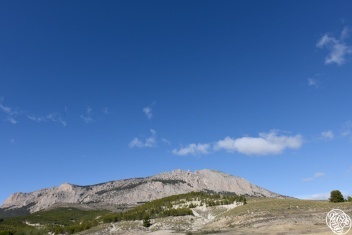Sierra Maria-Los Velez Natural Park
Designated a natural park in 1987, the Sierra María-Los Vélez occupies the eastern end of the Cordillera Subbética in the north of Almeria province. It covers 22,670ha, a landscape of impressive contrasts, with its arid, moon-like plains overlooked by the Sierra's rocky summits, which are white with snow in winter, and the dry, barren south-facing slopes compared to its densely wooded north-facing ones.

